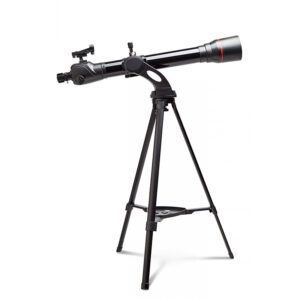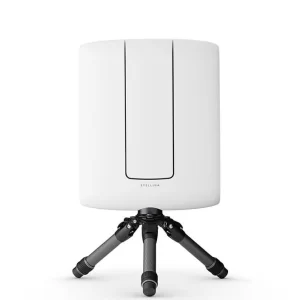What is a telescope?
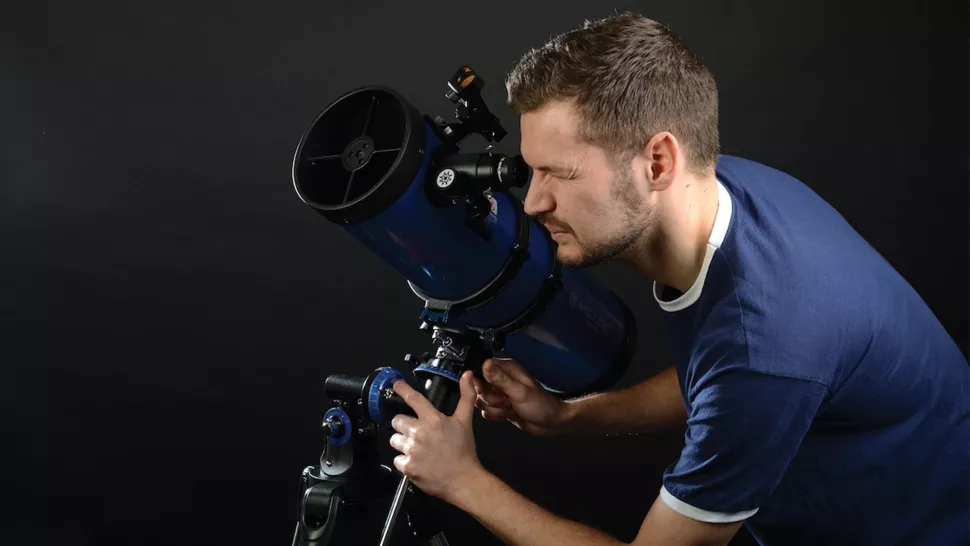
Learning How to use Telescope is an important skill for both professional astronomers and hobbyist stargazers. A telescope is an innovative piece of scientific equipment designed to make distant objects appear closer and more visible. It works by gathering light and focusing it, allowing us to see objects that are too far away to be seen with the naked eye.
Importance and functions of a telescope The function of a telescope dates back to the era of celestial discovery. A fundamental tool used by astronomers, the telescope provides insights into the vast, wondrous expanse of the universe. When it comes to studying planets, stars, galaxies, and celestial events, learning how to use a telescope efficiently is essential.
Telescopes play an integral role in understanding the universe and our place within it. They help to gather light and direct it to our eyes, enabling us to see objects far beyond what we can see with the naked eye. From observing the detailed craters of the moon and the rings of Saturn to uncovering galaxies far away from our silver way, learning how to use a telescope enlarges our appreciation of the cosmos.
Brief history of telescopes
The history of the telescope takes us back to the early 17th century when Galileo Galilei improved upon a Dutch invention, enabling a magnification of around 3x. Fast forward to the present day, and technology has moved from these rudimentary instruments to sophisticated digital systems capable of imaging distant galaxies. The journey of learning how to use telescope can feel like you’re part of this continuous scientific revolution.
As telescopes evolved, they gradually began to incorporate mirrors rather than lenses due to the benefits of lighter weight, ease of production, and better light focus capabilities. Knowledge on how to use telescope effectively also advanced, accompanying the evolving telescope designs and technology.
Of course, the ambition to explore the cosmos was not limited to terrestrial confines. The late 20th century ushered in the era of space telescopes with the launch of the Hubble Space Telescope, and more recently, the James Webb Space Telescope. These developments have re-emphasized the importance of knowing how to use telescope, not only for professional astronomers but for the layman as well.
In conclusion, a telescope is a window into the universe, and knowing how to use telescope is like having the keys to that window. By bringing far-flung wonders within our visual reach, telescopes continue to transform the journey of celestial discovery.
Types of Telescopes
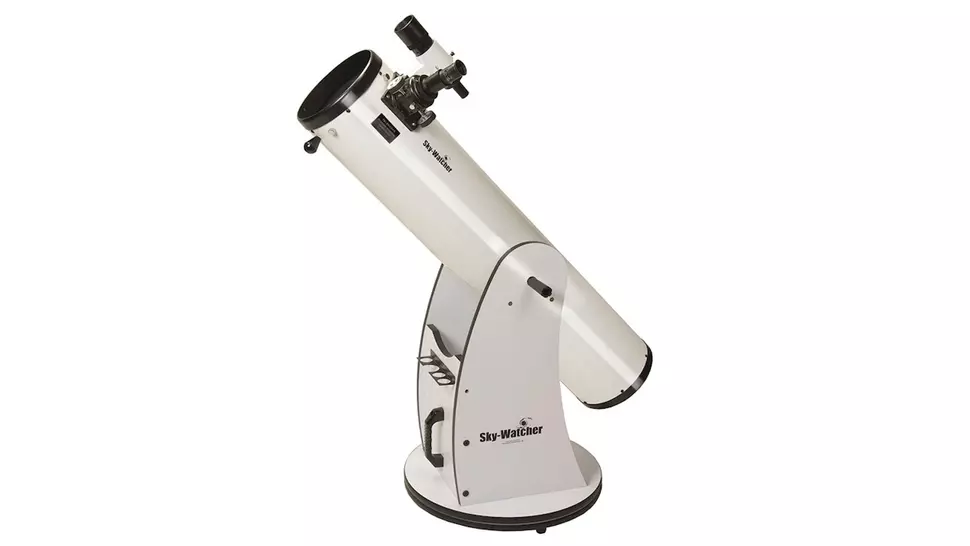
Refractor Telescope
Refractor telescopes are characterized by their long, thin shape. They have a large lens at the front, called the objective, which bends or refracts light to a single point at the back of the telescope. Knowing how to use a telescope of this type requires careful handling of the lens to avoid damaging it.
Reflector Telescope
When learning how to use a telescope like the reflector type, it’s helpful to understand how it works. Reflectors use mirrors instead of lenses. Light enters the tube and is reflected by a primary mirror at the back. It then hits a secondary mirror which redirects the light to the eyepiece. New users have to be cautious with mirror alignments which may get disrupted in transportation.
Compound or Catadioptric Telescope
The compound or catadioptric telescope is a blend of the refractor and reflector models. This type uses both mirrors and lenses in its design. When figuring out how to use a telescope of this kind, it’s important to remember the working mechanism. It captures light like a refractor but then transfers it onto a focal point like a reflector.
Components of a Telescope
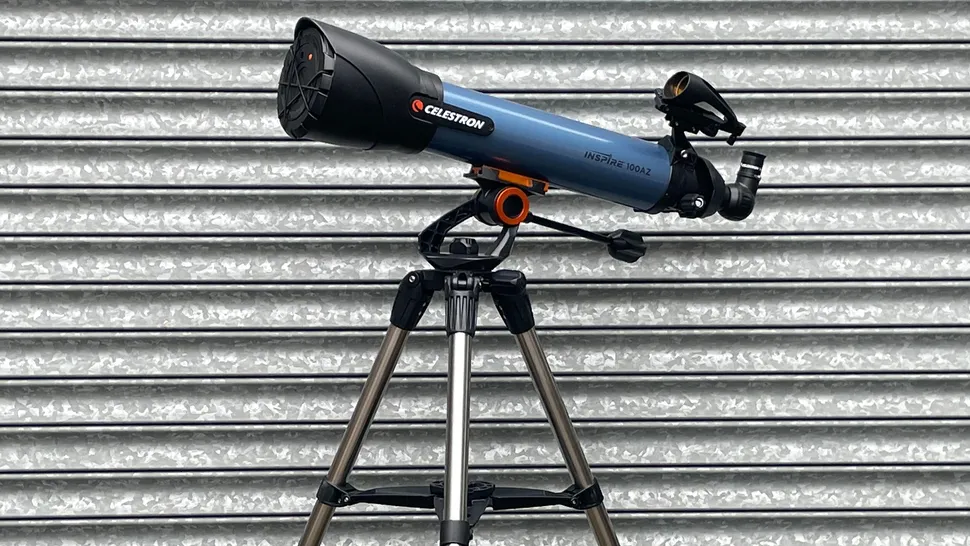
A. Overview of the key parts of the telescope Learning how to use telescope means familiarizing oneself with its key parts.
- Refractor telescope’s parts include the objective lens, the eyepiece, and the tube housing these components.
- Reflecting telescope’s main parts are the primary & secondary mirrors, focuser, and the tube within which everything is contained.
B. Detailed explanation of telescope components
- Tube – The tube is an integral part when learning how to use telescope. It holds all the optical components and protects them from external influences. In refractor telescopes, tubes are often sealed to prevent dust getting onto the optical surface.
- Mount – This facilitates the movement of the telescope. When learning how to use telescope, it is vital to understand the mount because it assists in tracking stars, keeping your optics steady and finely positioned.
- Eyepiece – It’s the window to the cosmos. This portion magnifies the focal image created by the objective (for refractors) or primary mirror (for reflectors). It’s important when learning how to use a telescope, to comprehend the eyepiece’s role and the different magnifications they offer.
- Focuser – While understanding how to use a telescope, it’s critical to consider the focuser. It adjusts the distance between the eyepiece and the telescope’s main optics, allowing the image to be brought into sharp focus.
To effectively understand how to use a telescope, one must be familiar not only with the telescope types but also the functionality of the key components.
How to Use a Telescope For First-time Users
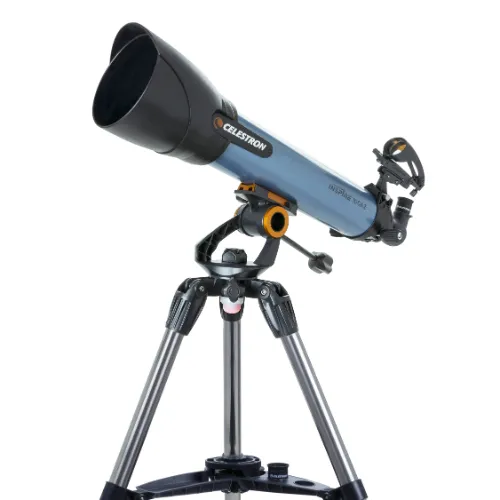
Assembling the telescope
To use a telescope effectively, first, you need to assemble the parts. Be sure to follow the instructions provided with your telescope to avoid any damage to the sensitive components. Some telescopes come with built-in levels, which can be helpful for ensuring the telescope is level.
Identifying parts of a telescope
Learning how to use a telescope starts with understanding the different parts of the telescope. Familiarize yourself with the names and locations of parts such as the tube, mount, eyepiece, and focuser. These parts play different roles in bringing images into clear view.
Step-by-step guide on how to use telescope precisely
- Placement of the telescope: Ensure the tripod is leveled before placing the telescope. A well-leveled telescope provides a more stable view of the stars.
- Usage of the finder scope: This is critical in how to use a telescope. The finder scope makes it easier to target specific objects in the sky. Point the finder scope at the object of interest before viewing through your telescope.
- Adjusting the focus when using a telescope: Patiently adjust your telescope’s focus until the star or planet you’re viewing is sharp. This might require slight tweaks while you’re using the telescope to account for changes in viewing conditions.
Basic tips on How to Use a Telescope
Tips for the proper maintenance of a telescope
Using a telescope also involves maintaining it well. Protect your telescope from dust and avoid touching the lenses with your fingers. Cleaning kits are available that allow you to clean your telescope’s optics without damaging them.
How to use a telescope for different space objects
Whether you’re viewing planets, stars, or galaxies, different celestial objects require different ways of using a telescope. Some objects are best viewed at lower magnifications, while others require high magnifications. Using a telescope successfully often involves a lot of experimentation.
How to use a telescope in different weather conditions
Atmospheric conditions can impact how to use a telescope. On clear, dry nights, you can take advantage of your telescope’s highest magnification. On nights when the weather is less cooperative, you might still enjoy viewing brighter objects like the Moon and planets.
Using a telescope can be an enjoyable way to explore the cosmos. Remember to take your time, experiment, and above all, enjoy the process.
Advanced Guide on How to Use a Telescope
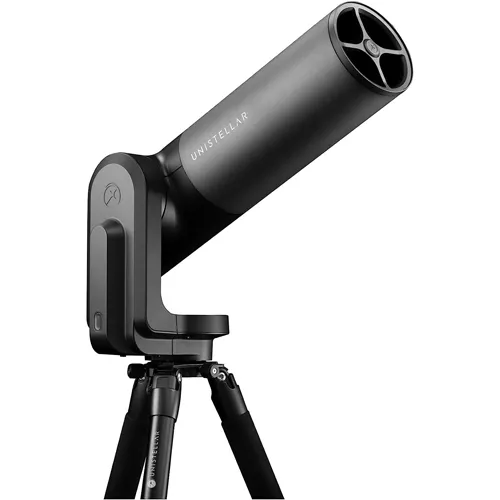
How to use a telescope for astrological events
Astrological events like eclipses, meteor showers, and conjunctions are high-traffic periods for telescope usage. Understanding how to use a telescope during these events involves understanding the event’s timing and positioning your telescope correctly. For instance, for an eclipse, you’d need to set up your telescope and aim it towards the sun prior to the beginning of the eclipse using a solar filter which offers protection for your eyes and the telescope.
How to use Telescope for photography
Astrophotography can be a rewarding hobby. Knowing how to use telescope effectively for capturing stunning images of celestial bodies means understanding techniques like long-exposure and composition. Manipulating the exposure settings of the attached camera allows for capturing images of faint stars and galaxies. And with practice and patience, you can create truly mesmerizing photos.
How to use Telescope for stargazing and locating constellations
Locating constellations requires patience and a bit of celestial navigation understanding. When you know how to use telescope, the task becomes fascinating. Using a star chart or software, identify a known star pattern and gradually use your telescope to explore adjacent areas in the sky until you locate the desired constellation.
How to Use Telescope Variations
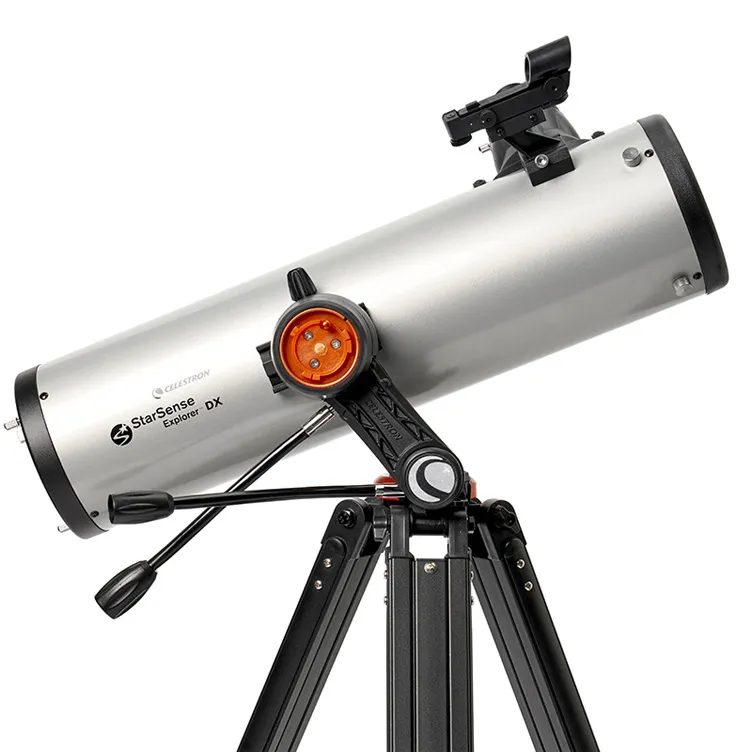
Differences in how to use a refractor telescope vs reflector telescope
When understanding how to use a telescope, acknowledging that refractor and reflector telescopes have different strengths can enhance your observing experience. Refractor models offer sharp, high-contrast images, ideal for viewing planets and the moon, while reflector telescopes excel in viewing deep-sky objects like galaxies and nebulae due to their high light-gathering capabilities.
How to use Telescope with computer controls
Telescopes with computer controls automate the process of locating celestial objects. Once you learn how to use telescope equipped with such technology, stargazing becomes much more accessible. After setting up and aligning your telescope as per the manufacturer’s guide, you can select the object you wish to view from your controller’s database, and the telescope moves itself to the appropriate position.
How to use telescope with a motorized mount
Motorized mounts can track objects across the sky. The prime advantage here is the elimination of manual adjustments when viewing celestial objects, given that you understand how to use a telescope with this feature. Once the telescope is aligned accurately, the motorized mount will slowly adjust its position to counteract the rotation of the earth.
Common Problems when using Telescope

Overcoming difficulties when using a telescope
Keeping a journal of observations can help overcome difficulties in using a telescope. Write down any issues you encounter, what you were doing when they occurred, and steps taken to correct them. Repeatedly facing the same problem? You’ll have accumulated valuable troubleshooting information.
Troubleshooting guide when you can’t find an object using a telescope
If you’re struggling to find objects, you might need to adjust your finder scope’s alignment or refamiliarize yourself with how to use telescope’s focus knobs. Make sure your telescope is level and balanced, and don’t forget that patience plays a significant role in successful stargazing.
How to use telescope when problems occur, like blurry vision or misalignment
If your vision is blurred when using your telescope, ensure that your lenses and mirrors are clean and properly aligned. Refractor telescopes’ lenses and the mirrors in a reflector telescope must be properly adjusted to focus the light correctly.
Conclusion
A. Recap of how to use telescope effectively
Using a telescope effectively involves understanding its different components, knowing about the different types of telescopes, their advantages, and how to manipulate them to get the best celestial view possible. Observational skill further amplifies the experience.
B. Final thoughts and inspiration for those learning to use a telescope
When learning how to use telescope, persistence is the key to success. The universe is a vast, dynamic landscape worthy of your exploration. Continue learning and exploring, and the cosmos will reward you.
